Guest Blogger: Katrina Erikson, OT, Shares Grip Tips

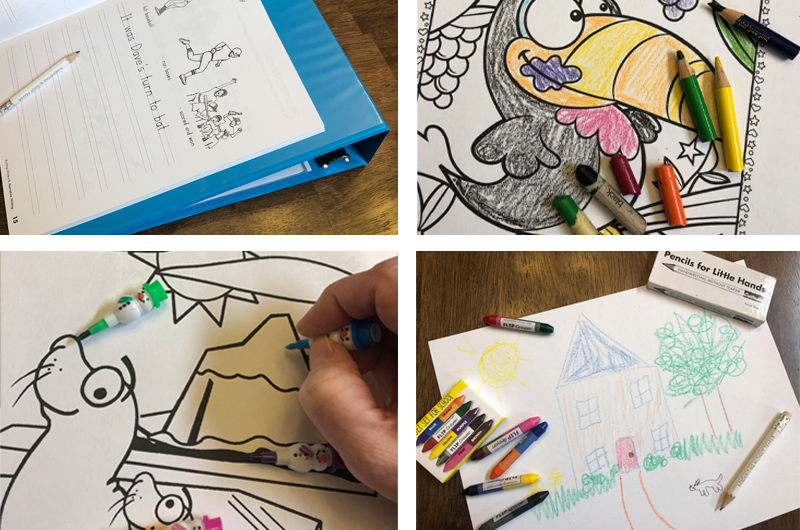
They say a child’s work is play, but in school, a child’s work requires them to write…and to write, you need a good pencil grip. A good pencil grip allows for precise and controlled movements of the pencil for handwriting and facilitates more efficient use of the hands and fingers. Most children that struggle with pencil grip complain of pain and have difficulty writing neatly. Learning the right way to hold a pencil is an important skill for children.
Check out this video to learn more about the right way to grip a pencil:
https://www.youtube.com/watch?v=K1v4wVaEGqA
I have been working with kids that struggle with pencil grip using many of the tools and teaching strategies from Learning Without Tears. Good pencil grip must be taught, practiced, and encouraged using the right tools and strategies. As an occupational therapist with 30 years of experience, here are some of my favorite tips, tricks, and advice for developing and practicing a good pencil grip for all children, but especially those that are struggling.
Use Small Tools
Using tools that are just the right size for a child’s hand is very important. Have you ever thought about the fact that we give young children the same sized writing tools that adults use? These tools are simply too big and heavy for a young child’s hand. Small writing tools such as Flip Crayons® (or even broken crayons), Little Chalk Bits, and Little Pencils for Little Hands (or golf-size pencils) help children position their fingers correctly without having to manage the extra heavy weight of standard-sized writing tools. And while we are talking about children, singing a song about how to hold a crayon/pencil such as the "Crayon Song" or "Picking Up My Pencil" helps them learn and remember how to do it correctly.
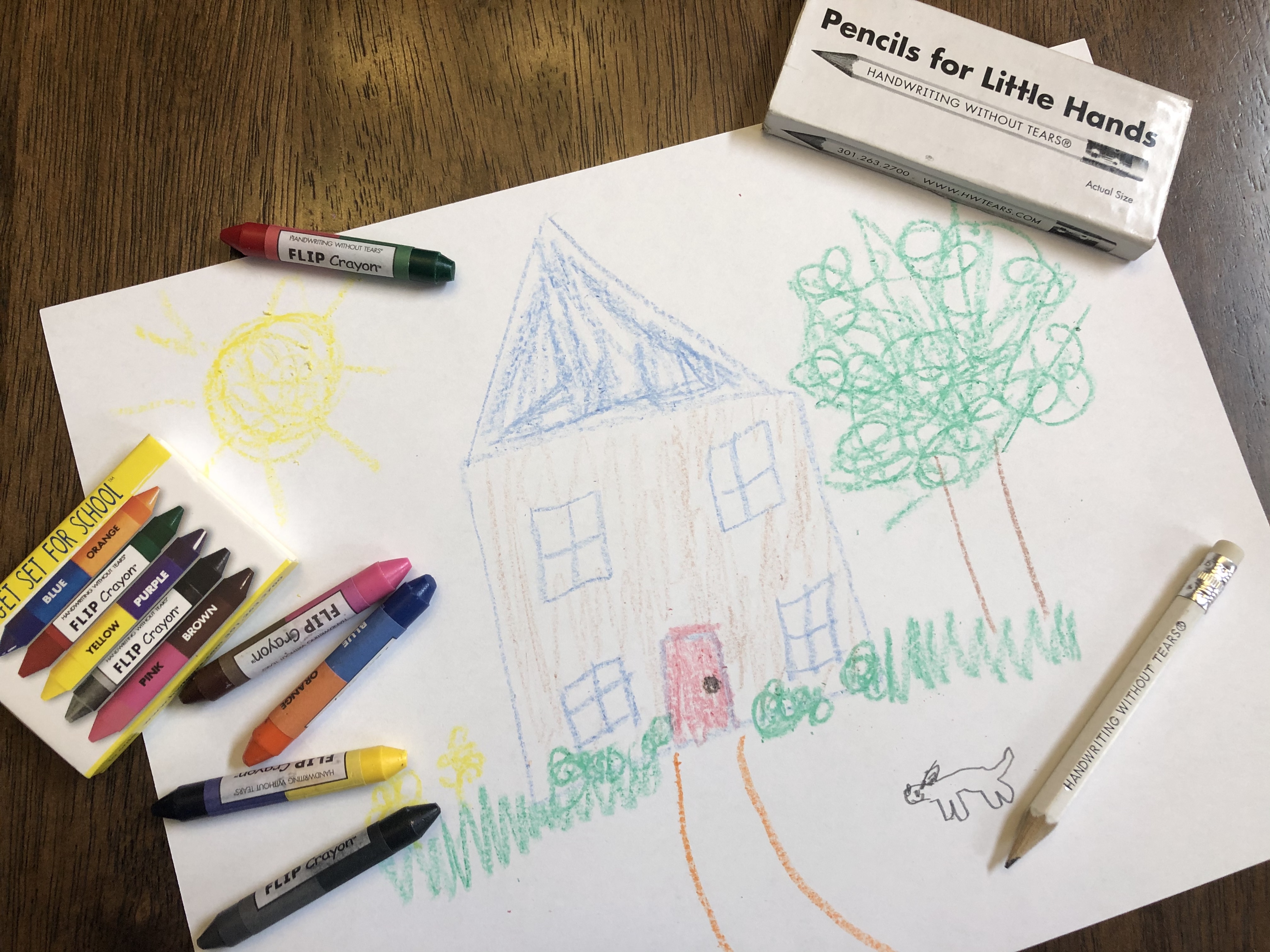
Practice Hand Separation
If children are holding their crayons with their whole hand or all of their fingers, give them a colorful craft pom-pom (or cotton ball) to hold under their ring and pinky fingers while coloring or drawing. Tell them it’s a little finger pillow and that these fingers need to “go to sleep” while the rest of their fingers hold onto the crayon/pencil. This will help the thumb, index, and middle fingers learn to do their jobs. (Bonus tip: use this strategy while playing board games, completing puzzles, stringing beads, or any fine motor activity.)
Color and Draw
Watch how often markers are being used. Why?…because markers are big, bulky, and not what’s best for their developing hands. Markers offer no resistance while coloring or drawing so they don’t strengthen children's grip. Crayons and colored pencils are best for coloring and drawing. You can manipulate their size (cut or brake them into smaller bits) and they have a natural waxy texture that creates drag/friction on paper to strengthen grip.
Try coloring and drawing on vertical surfaces. Hang paper on the wall or a window and use broken pieces of chalk or crayon. These small broken pieces, about one inch in size, will encourage children to use their fingertips to grip them…smart!! Coloring on a vertical surface facilitates proper forearm-wrist-hand alignment to support good grip. You can use a three-inch binder to create a slanted vertical surface on a table for more practice (kind of like a drafting table that an architect/engineer would use).
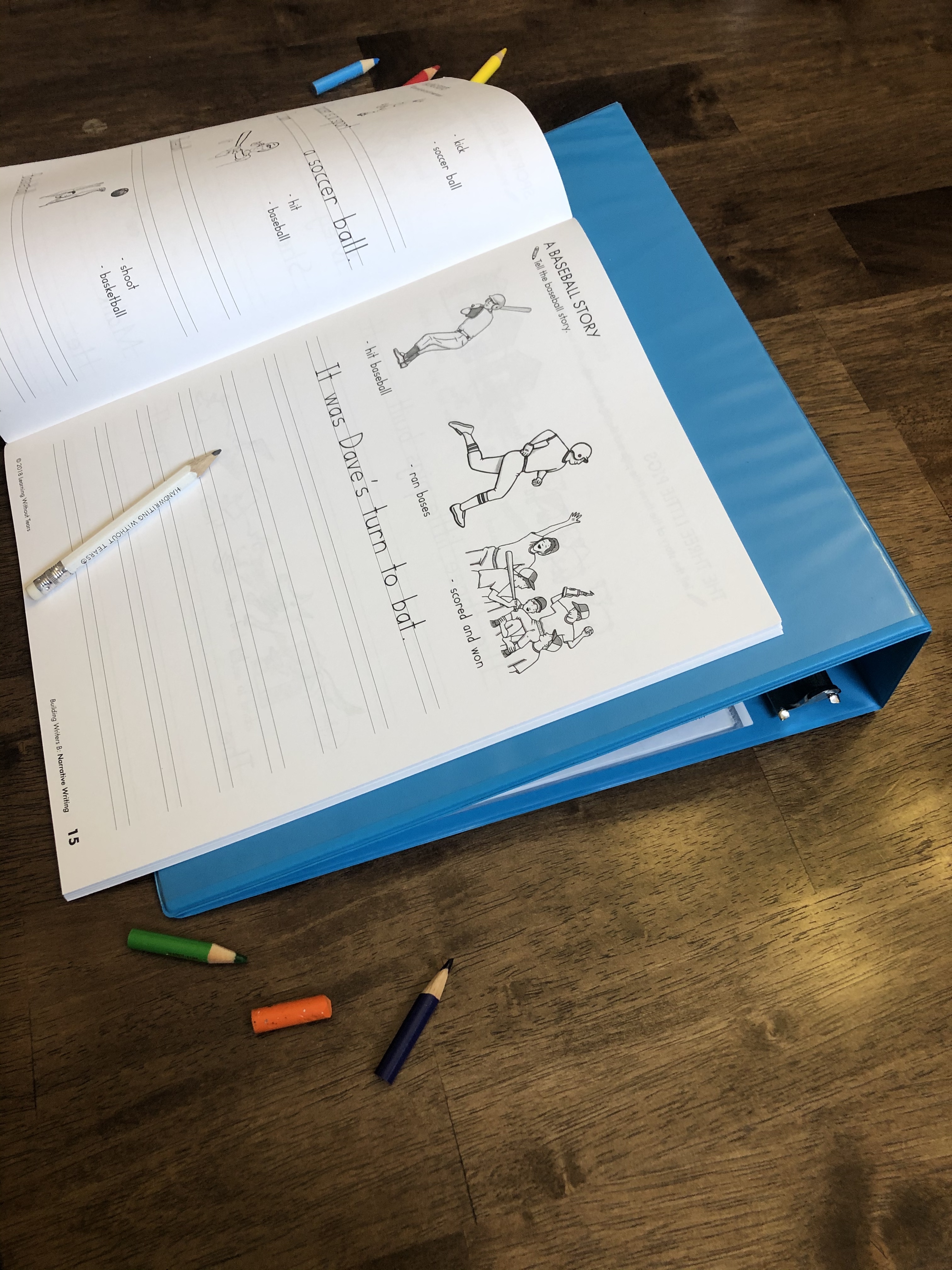
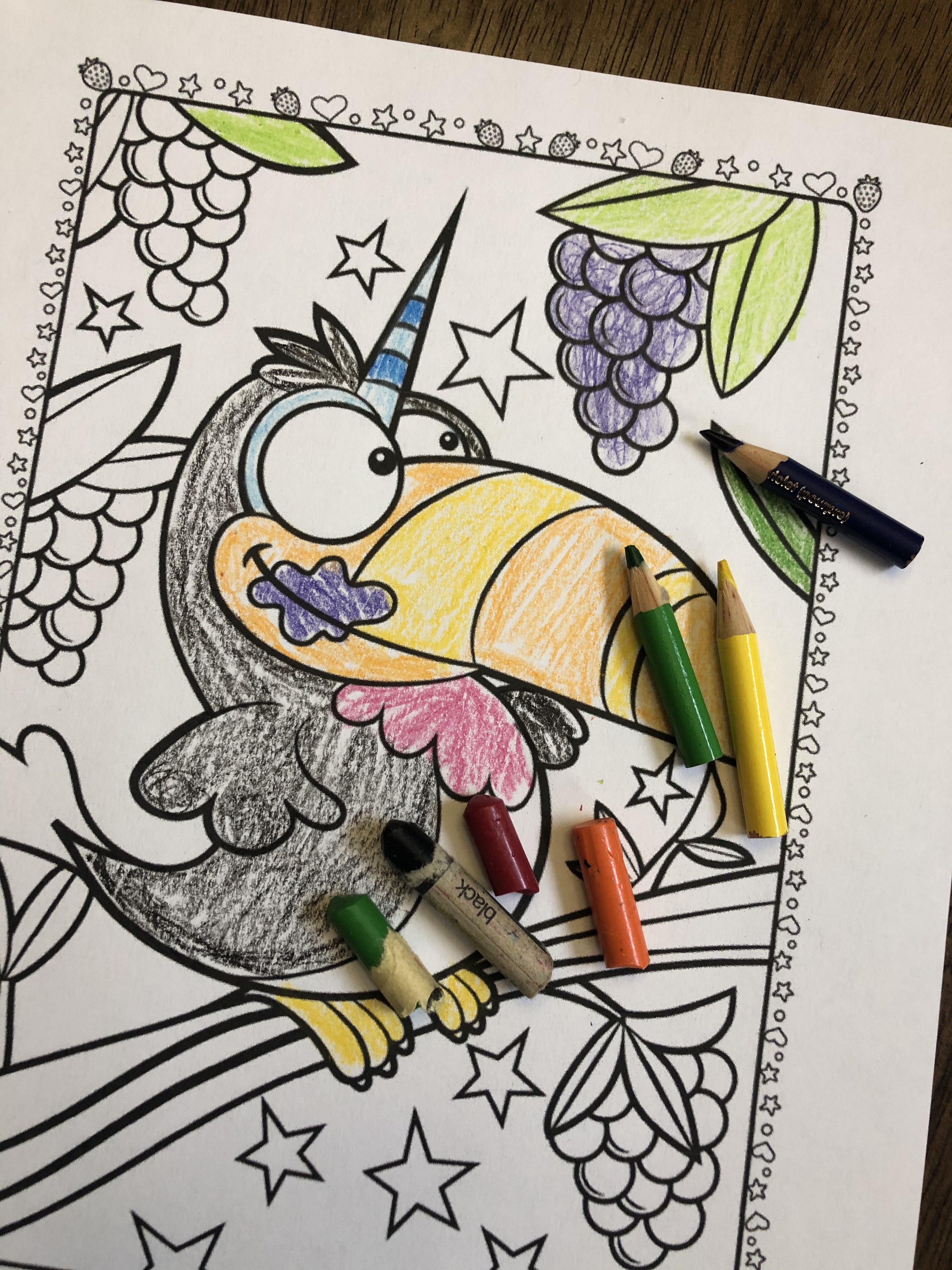
Have you ever seen Pop-a-Point pencils or stackable pencils? These even come in colors at some party stores. Just separate these and you have multiple mini pencils to use while playing Tic-Tac-Toe or other pencil and paper games and mazes. They are just big enough to hold with their fingertips to promote a proper grip. Plus, kids think they are fun to use. Guess what, you can make your own mini-pencils by snipping regular pencils with garden shears and kids will think these are really cool! Try this trick with colored pencils for more fun.
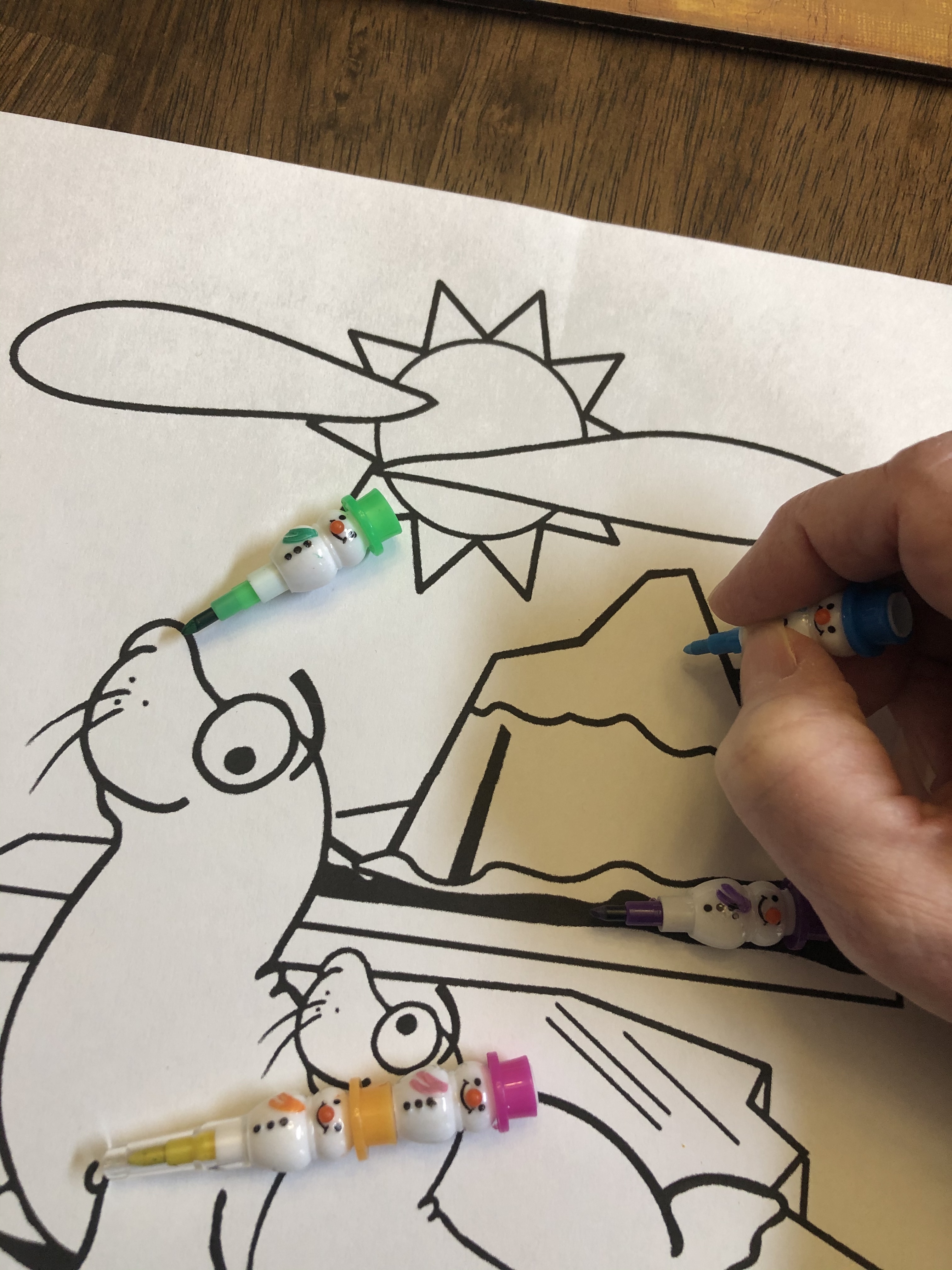
What about older children? You can have success using any of these strategies with older kids too!! You just need motivation. So, keep it fun and engaging, make sure to practice every day with the correct grip, and use positive reinforcement and recognition to encourage.


